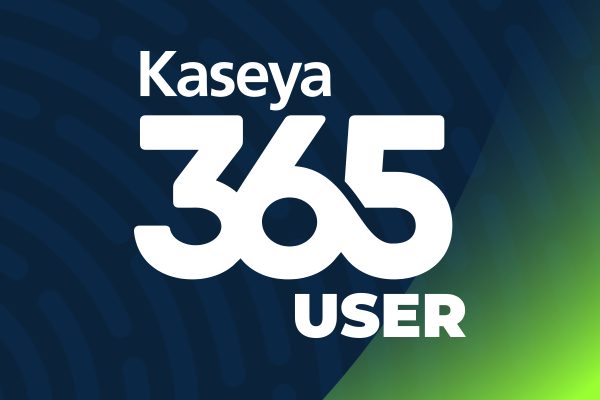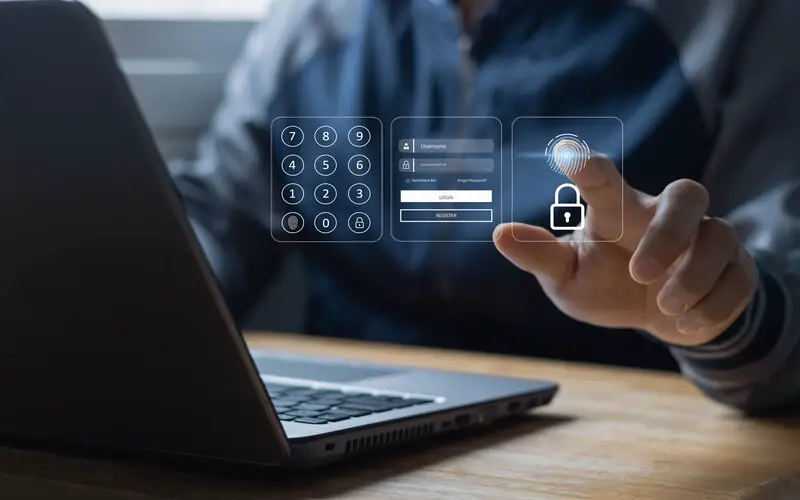By Jennifer Perez-Harris
Guest Author
Imagine transforming from a traditional work environment with clear network boundaries and infrastructure to a scattered army of thousands of employees working in all sorts of ways – accessing apps, platforms and cloud-based services.
Now, layer in identity, and what it would take to make sure the right people have the right level of access to those same apps, platforms and cloud-based services – all without slowing them down while they try to do their jobs.
How would you get it done?
Thanks to 2020, massive multi-national company Hitachi underwent a post-pandemic security transformation. The company had no choice – they needed to go hybrid on a tremendous scale, quickly, and it took Cisco Umbrella and Duo with a secure access service edge (SASE) foundation to make the security transition work.
Hitachi channels Cisco for MFA and zero trust
In our Hitachi Customer Success story, we dug into the details of Hitachi’s zero-trust strategy to secure employee access, and how SASE and Cisco played starring roles. It all required an entirely different way of keeping the company safe, in the face of an ever-changing attack surface bolstered by cybercriminals.
Here are a few things Hitachi learned along the way.
Behavior detection matters
Hitachi leadership found that multi-factor authentication (MFA) via Duo was an essential piece of a security puzzle. But rather than simply focus on identity, they wanted to get the whole picture, including the security status of devices being used for access.
Previously, signature-type measures could help the company verify some users, but that didn’t always catch unusual behavior or abnormal activity. Using Duo and Cisco, Hitachi leaders were able to see more and detect more, without having to reconfigure security to handle every single remote work scenario.
Cisco Umbrella laid the foundation
Once leadership at Hitachi realized that their security strategy had to seamlessly give third-party access to their system and tools, Hitachi executives chose two solutions: Cisco Umbrella for cloud security, and Duo for both ID and access management.
Using Cisco Umbrella’s Domain Name System (DNS) as a starting point, Hitachi executives were able to filter traffic via antivirus, firewall, and cloud security features. Single sign-on (SSO) was also deployed, making access to the cloud, apps, and services even more fortified.
Since SASE is becoming more prevalent as an approach to realize the Zero-Trust model, many vendors are working on its development. Among the many vendors available, we chose Cisco because we wanted a good and trusted partner with inherent flexibility to our specific needs.”
Hitoshi Tanaka, General Manager, Global Solution 2nd Office IT Strategy & Digital Integration Division
Ultimately, Hitachi’s story is one of cybersecurity success in the face of almost stunning odds – adding reliable, flexible security solutions for thousands while facing a genuine sense of urgency. With Cisco tools to block threats and manage access, Hitachi was able to adapt to a new hybrid world, without sacrificing security to keep users safe.





